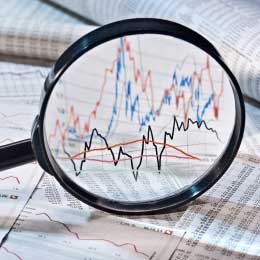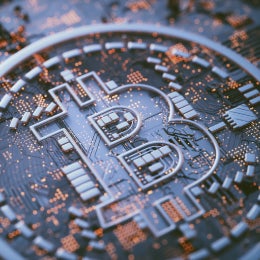Benefits:
Low cost of ownership – ETFs tend to be cheaper than most other funds.
Liquidity – Creation/redemption process ensures liquidity
Ease of trading – ETFs can be traded on a stock exchange at any time, when open. May be an attractive feature for investors who are looking for more flexibility around when to buy and sell an investment.
Transparency – ETFs are very transparent and usually disclose their full list of holdings daily on the ETF provider’s website.
Index tracking – Physical and synthetic replication models may offer economic advantages
Risks:
Tracking differences: ETFs may not track an index perfectly. The difference between fund return and index return is called ‘tracking difference’.
Capital risk: Like any investment product, the value of an ETF may go down as well as up, and you may not get back the amount invested.











